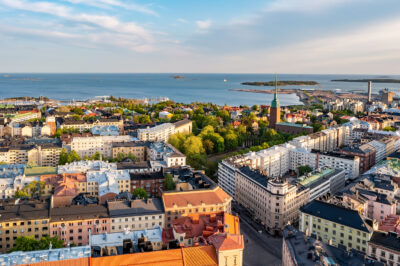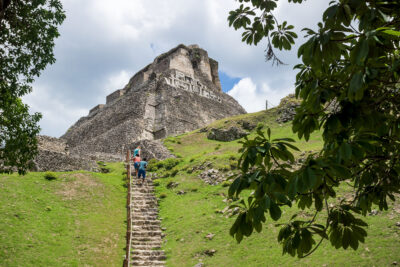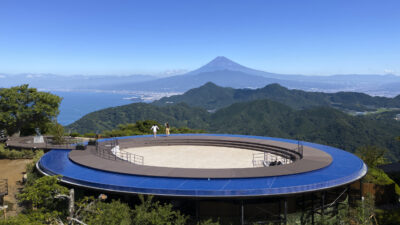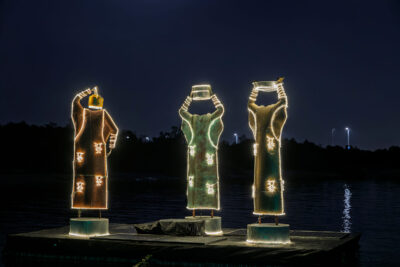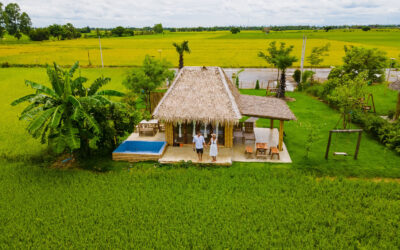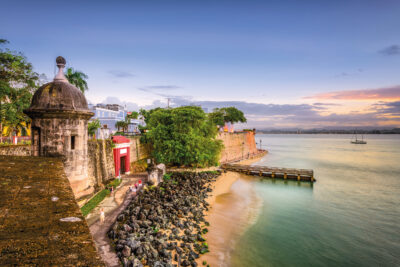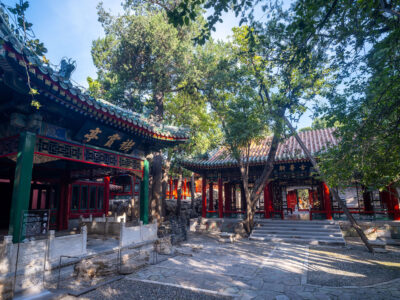
WANDERLUST NEWS
Qianlong Garden in Beijing’s Forbidden City reopens after 25-year conservation project Qianlong Garden in Beijing’s Forbidden City reopens after 25-year conservation project
With up to 19 million tourists a year, Beijing’s Forbidden City is the world’s most-visited palace and a must-see on any visit to the country.
And if you’re thinking about booking that trip to China to tick it off (or even if you’ve been before), we have another reason for you to visit: Qianlong Garden within the complex has just reopened after a 25-year conservation project.
While construction on the Forbidden City dates back to the 15th century, the Qianlong Garden was built between 1771 and 1776 as a retreat for the Qianlong Emperor in his later years. Covering 1.6 hectares, with 27 buildings centred around four courtyards, the Qianlong Garden is a remarkable example of 18th-century Chinese imperial design.
After the removal of Puyi, China’s last emperor, in 1924, the Qianlong Garden was left untouched until 2000 when the Palace Museum partnered with the World Monuments Fund to launch a significant conservation project.
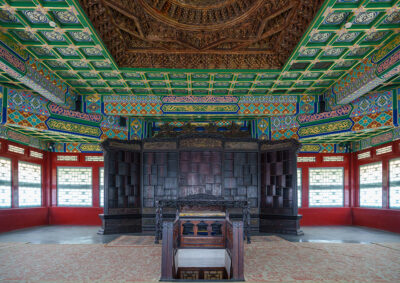
Hunghsi Chao, Senior Regional Director for East Asia at World Monuments Fund, said, “Qianlong Garden represents an unparalleled survival of imperial interior design, and its preservation requires both technical precision and deep cultural understanding. Through our work with the Palace Museum, we have not only safeguarded a historic treasure but have helped reinvigorate traditional craftsmanship and inspired new generations of conservation professionals.”
As part of the partnership, the World Monuments Fund launched the CRAFT Educational Programme (Conservation Resources for Architectural Interiors, Furniture, and Training), which helps train the next generation of professional conservationists in China by integrating international conservation science with traditional Chinese craftsmanship.
Qianlong Garden is also now home to a new exhibition explaining the interiors, design and craftmanship that went into the original construction and subsequent restoration.
From the completion of its construction in 1420 until the abolishment of the monarchy in 1924, access to the imperial palace complex was restricted to the emperor and imperial family, hence the name Forbidden City. The Palace Museum opened on the site in 1925, and receives an average of 14 million visitors a year.
More information: wmf.org
Read next: Beyond the Great Wall: 15 lesser-known UNESCO World Heritage Sites in China


